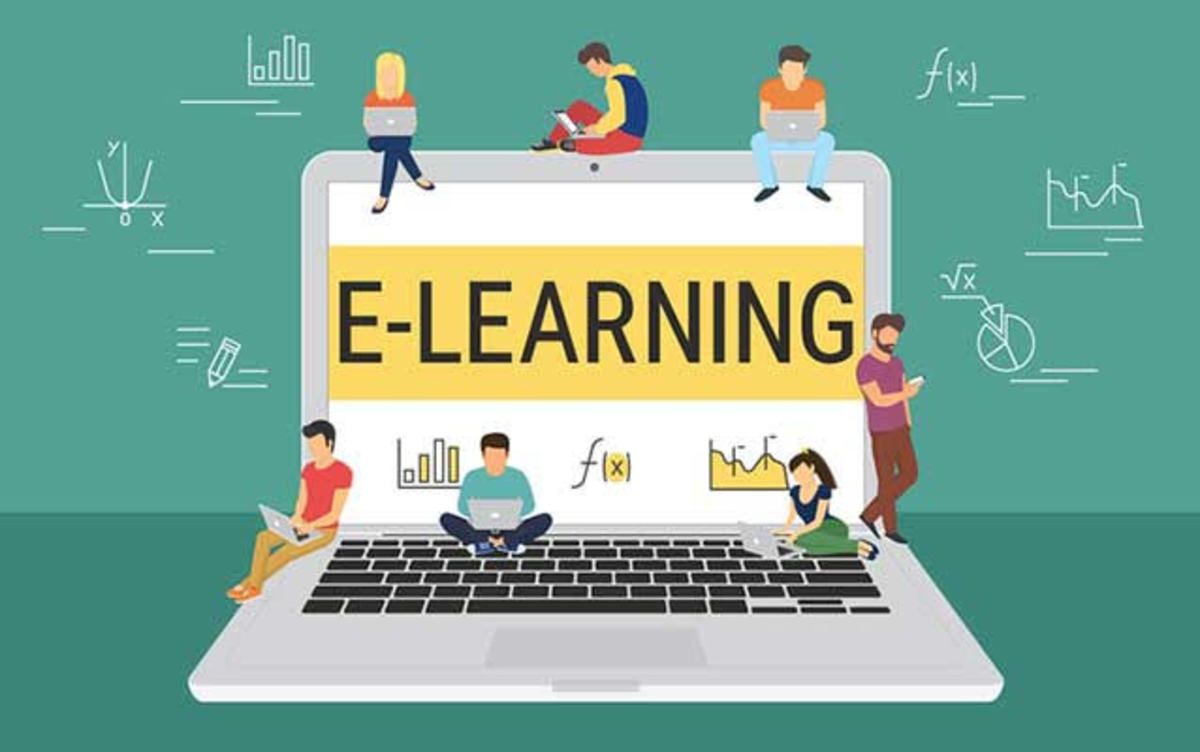Distance Education Defined

Distance education is defined as learning in a nontraditional setting which normally includes a separation between teacher and student. We can further define distance education through the method of delivery; requiring well thought out and organized lessons. This form of delivery may be asynchronous or synchronous:
- Webpage
- Video
- Audio
- Course Packets (Snail Mail)
- Instant Messaging
- Real time via the Telephone, or Conferencing software such as Elluminate
- Four-Techniques to Help Students Remember
Helping students become self directed learners is the greatest skill you can teach. - Creative and Critical Thinking
Using the arts to teach creative and critical thinking includes teaching self esteem and leadership skills.
Is one forms of delivery better than others? That would depend on the students and teachers situation. Skills of both the teacher and the students need to be taken in consideration. Some forms of delivery require more skills than others such as real time conferencing either by phone or conferencing software; while others require more independence such as course packets, videos and audio. Today most distance learning is achieved through the internet with the teacher and students interacting via a content management system (CMS) such Blackboard, WebCt or Moodle. (CDLP) This form of delivery requires a level of comfort using technology; having regular access to a computer, basic computer skills and the willingness to learn new skills. The student should also be a self directed learner with the ability to work on their own. An important part of being a self directed learner is the ability to learn from written material versus lectures (although video lectures are possible), and the ability to seek help from the instructor when needed. (OldDoninonUniversity)

The history of distance education is thought to have begun as early as the 1700’s through correspondence courses and the 1900’s for technology such as TV and the internet. Correspondence learning quickly became popular and in 1926 the NHSC (National Home study Council) was formed. Isaac Pittman, who taught shorthand by course packets in Bath England in 1840 and Illinois Wesleyan University offered bachelor and graduate degrees through course packets, are a couple of the first to educate by correspondence. These lessons were mostly geared for those who could not get to school such as those living in rural areas, handicapped or women. In the early 1900’s, radio and the telephone made a debut as a form of distance education, but were short lived. Large grants from the Carnegie Commission on Higher Education encourage “University without Walls”, offering distance learning degrees. (Jefferies) . Today, distance education is offer not only through universities but also through corporations and the military. (CDLP)
There are many organizations that reach out to distance education, such as Web-based training (WBT) created by Tim Kilby in 1994. Kilby defines WBT as “fresh at the moment and modified at will” along with the instructions being self paced. Other organization promoting distance education includes:
- The United States Distance Learning Association, which is a nonprofit organization that formed in 1987 to help promote the development and application of distance learning.
- Florida Distance Learning Consortium, which gives information on distance education degrees from community colleges in Florida.
- The Distance Education Clearinghouse is sponsored by the University of Wisconsin-Extension, which helps to organizes distance education information worldwide.
- The Corporation for Public Broadcasting (CPB), which was established in 1967 to promote public telecommunication service for the American people, most are funded through PBS and NPR. CPB can be seen as an extension of the Lyceum, reaching out to the American people, bringing education, culture and political information to anyone interested in learning.
Organizations that are breaking the most ground are those reaching out to k-12 students. Florida Virtual School is an excellent example; with this young audience comes much skepticism, but, this is the way of the future. With overcrowding and budget cuts more and more k-12 students will be encouraged to take online classes. Another plus is that parents, who are already homeschooling, now have the option of using online classes. (CDLP)
References
AU. (n.d.). Distance Education at AU. Retrieved 8 2008, from American Education: http://www.american.edu/distanceed/about.html
Barron, A. (1999, 2). A Teacher's Guide to Distance Learning. Retrieved 8 2008, from FCIT: http://fcit.usf.edu/DISTANCE/default.htm
CDLP. (n.d.). California Distance learning Project. Retrieved 8 3, 2008, from For Adult Educators: http://www.cdlponline.org/index.cfm?fuseaction=whatis&pg=3
EngineeringOutreach. (n.d.). Distance Education at a Glance. Retrieved 8 5, 2008, from University of Idaho: http://www.uidaho.edu/eo/dist1.html
FDLC. (n.d.). Florida Distance Learning Consortium. Retrieved 83 2008, from DistanceLearn.org: http://www.distancelearn.org/
Jefferies, M. (n.d.). The History of Distance Education. Retrieved 8 2008, from Digital School: http://www.digitalschool.net/edu/DL_history_mJeffries.html
Kilby, T. (n.d.). Web Based Training Information Center. Retrieved 8 5, 2008, from WBTIC: http://www.webbasedtraining.com/home.aspx
OldDoninonUniversity. (n.d.). Distance Learning Online Student Orientation. Retrieved from Online Student Orientation: http://www.clt.odu.edu/oso/index.php?src=pe_isdlforme_info
USDLA. (n.d.). Uniting Learners Around the World. Retrieved 8 5, 2008, from United States Distance Learning Association: http://www.usdla.org
UW. (n.d.). Distance Education Clearinghouse. Retrieved 8 3, 2008, from University of Wisconsin-Extension: http://www.uwex.edu/disted/index.cfm








